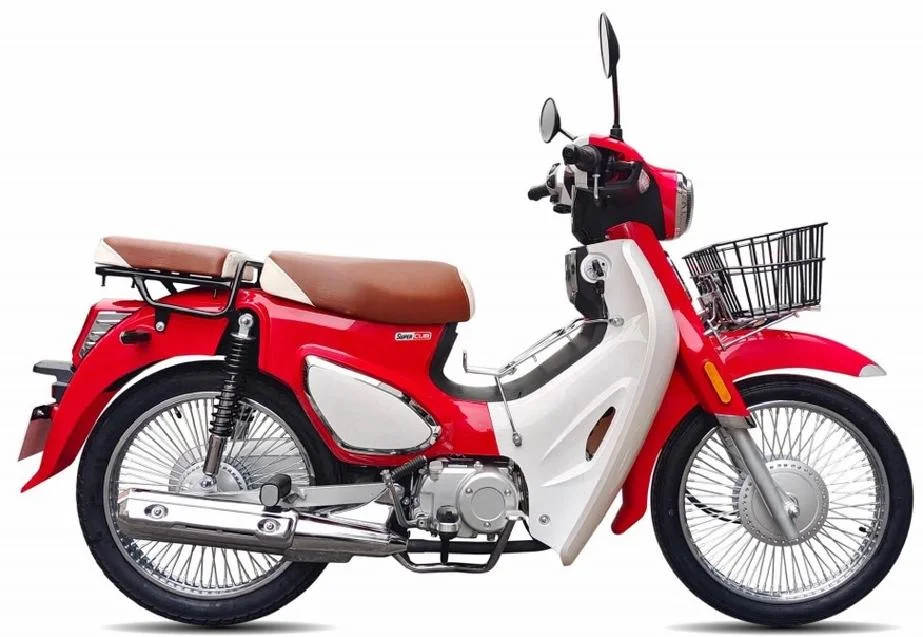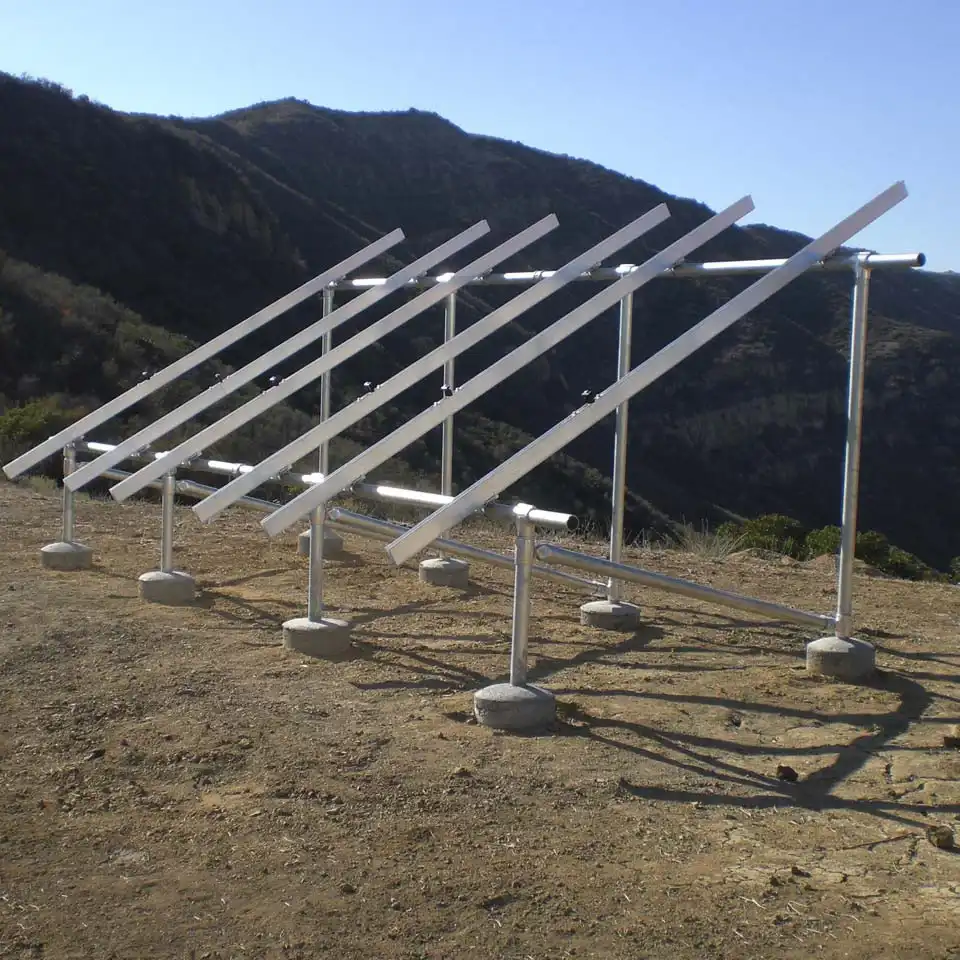Decoding the Best Mode of Transportation: Unveiling the Optimal Choice and its Benefits
In today's fast-paced world, choosing the most efficient and reliable mode of transportation is crucial. With numerous options available, it can be challenging to determine which transport is truly the best. In this blog post, we will delve into the various modes of transportation and analyze their merits, ultimately revealing the optimal choice and the reasons behind it.
- Evaluating the Efficiency of Different Modes of Transportation:
- Road Transportation: Exploring the advantages of road transport, such as flexibility, accessibility, and door-to-door service. Discussing the drawbacks, including traffic congestion and environmental impact.
- Rail Transportation: Highlighting the efficiency, capacity, and sustainability of rail transport. Analyzing its limitations, such as limited accessibility and fixed routes.
- Air Transportation: Unveiling the speed, long-distance connectivity, and convenience of air travel. Addressing concerns related to cost, carbon footprint, and airport congestion.
- Water Transportation: Examining the cost-effectiveness, capacity, and eco-friendliness of water transport. Discussing limitations like slower speed and limited accessibility.
- Factors Influencing the Optimal Choice:
- Distance: Analyzing how the distance between the origin and destination affects the choice of transportation. Discussing the threshold where one mode becomes more advantageous than others.
- Time Sensitivity: Exploring scenarios where time sensitivity plays a crucial role in selecting the best mode of transportation. Discussing the impact on industries like e-commerce, perishable goods, and emergency services.
- Cost Considerations: Evaluating the cost-effectiveness of different modes of transportation, including fuel expenses, maintenance, and infrastructure requirements. Discussing the importance of considering both direct and indirect costs.
- Environmental Impact: Addressing the significance of sustainability and environmental consciousness in choosing the best mode of transportation. Comparing the carbon footprint and ecological consequences of each mode.
- The Optimal Choice: A Holistic Approach:
- Introducing the concept of intermodal transportation and its benefits. Explaining how combining different modes can optimize efficiency, cost, and environmental impact.
- Considering the specific needs of industries: Analyzing how different industries, such as manufacturing, tourism, and logistics, can benefit from specific modes of transportation.
- Technological advancements: Discussing how emerging technologies, such as autonomous vehicles, hyperloop, and drones, are reshaping the transportation landscape and influencing the optimal choice.
Conclusion:
After a comprehensive analysis of various modes of transportation, it becomes evident that there is no one-size-fits-all answer to the question of the best mode of transportation. The optimal choice depends on a multitude of factors, including distance, time sensitivity, cost considerations, and environmental impact. However, by considering these factors holistically and embracing intermodal transportation, individuals and industries can make informed decisions that maximize efficiency, minimize costs, and contribute to a sustainable future.







